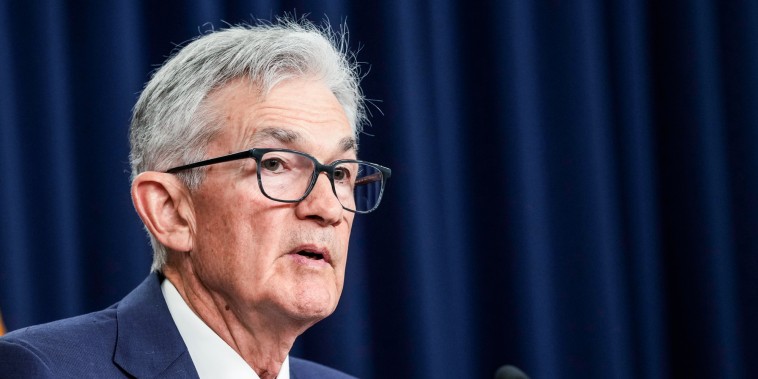In a recent address, Federal Reserve Chair Jerome Powell emphasized that there is currently no sign of stagflation in the U.S. economy. Stagflation, a term that combines stagnation and inflation, describes a situation where economic growth stagnates while prices rise, leading to a decline in purchasing power and overall economic health. Powell’s remarks provide reassurance amidst concerns about rising inflation and the potential for a slowdown in economic growth.
Powell pointed to several key indicators that suggest the U.S. economy is not facing stagflation. First and foremost, he highlighted the strength of the labor market, noting that unemployment is at historically low levels and job creation remains robust. A healthy labor market typically indicates strong consumer spending and overall economic activity, which are important factors in preventing stagflation.
Additionally, Powell highlighted the lack of sustained inflationary pressures in the economy. While inflation has been on the rise in recent months, Powell attributed much of this increase to transitory factors such as supply chain disruptions and pent-up consumer demand following the pandemic-induced lockdowns. As these temporary factors subside, Powell expects inflation to moderate back towards the Fed’s target of around 2%.
Furthermore, Powell emphasized the Federal Reserve’s commitment to using its monetary policy tools to support the economy and maintain price stability. The Fed has indicated that it will continue its accommodative stance and remain patient in gradually normalizing monetary policy. This approach is aimed at fostering sustainable economic growth while keeping inflation in check, which is crucial in preventing stagflation.
While Powell’s assessment is generally positive, he also acknowledged potential risks to the economic outlook. Geopolitical uncertainties, such as trade tensions and the ongoing COVID-19 pandemic, could pose threats to economic stability. Powell emphasized the importance of monitoring these risks closely and staying vigilant in ensuring that the economy remains on a steady path.
Overall, Powell’s remarks provide a cautious yet optimistic outlook for the U.S. economy. By emphasizing the strength of the labor market, the transitory nature of current inflationary pressures, and the Fed’s commitment to supporting economic growth, Powell aims to alleviate concerns about stagflation and instill confidence in the economy’s long-term prospects. As the Fed continues to navigate the evolving economic landscape, policymakers will remain focused on promoting a balanced and sustainable growth trajectory for the U.S. economy.
